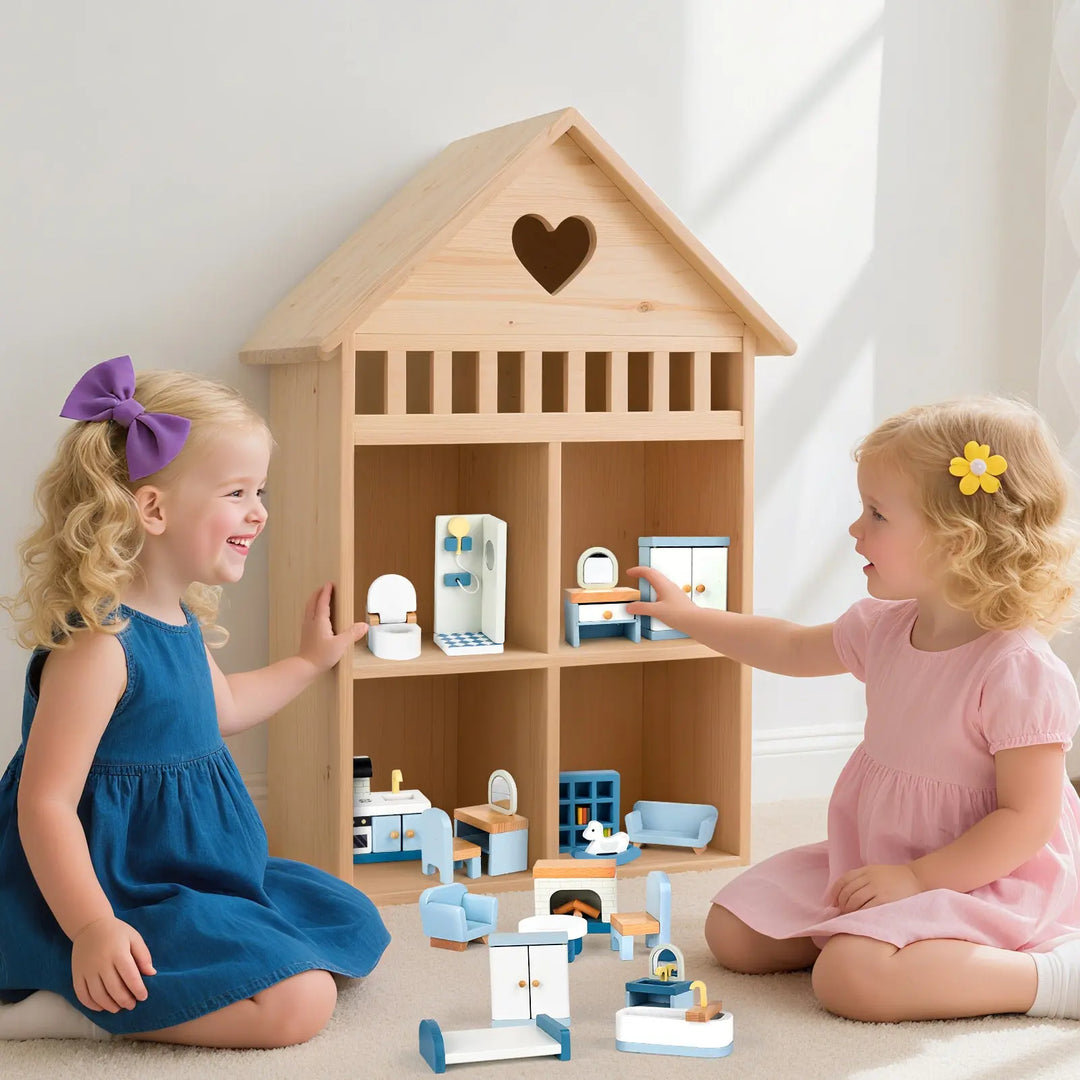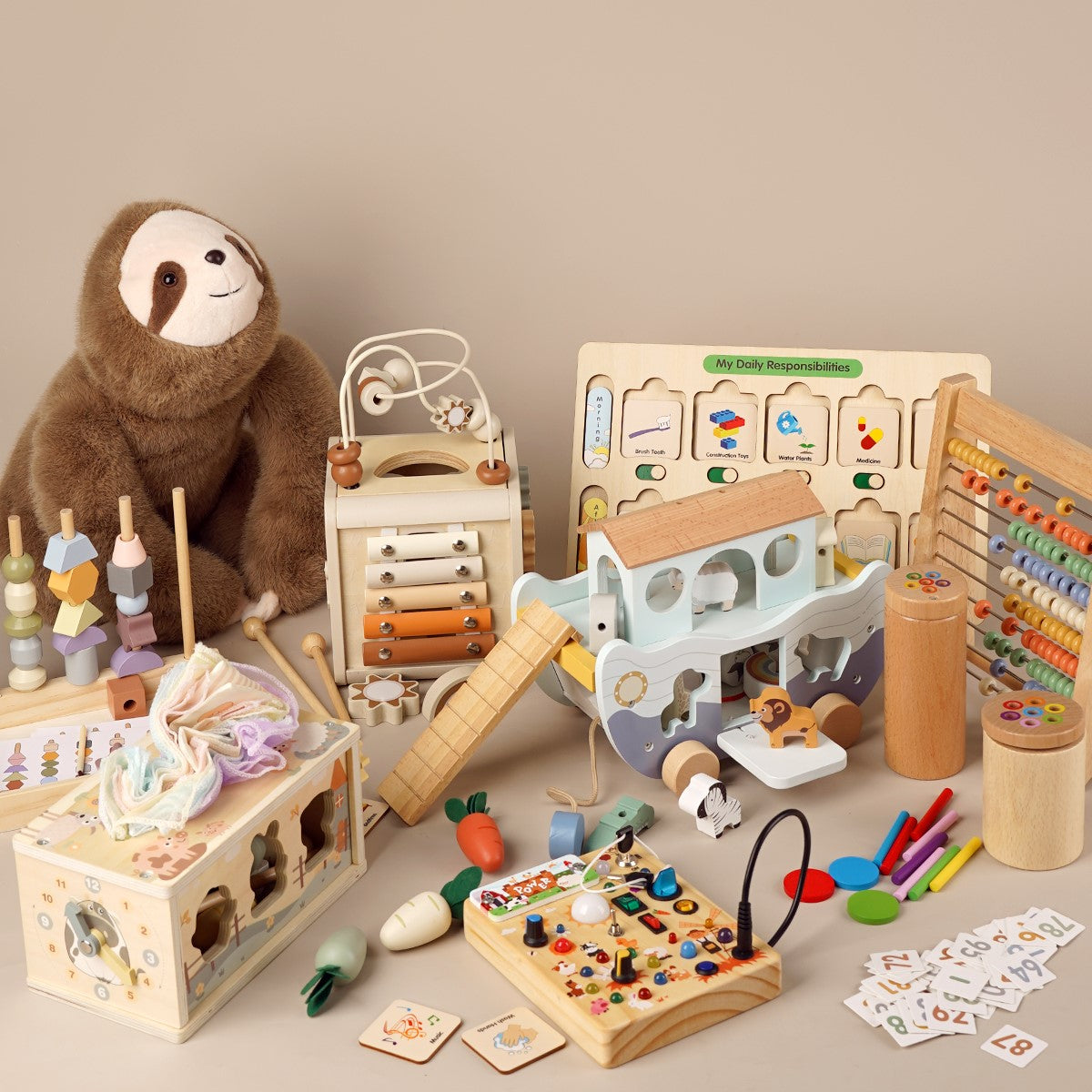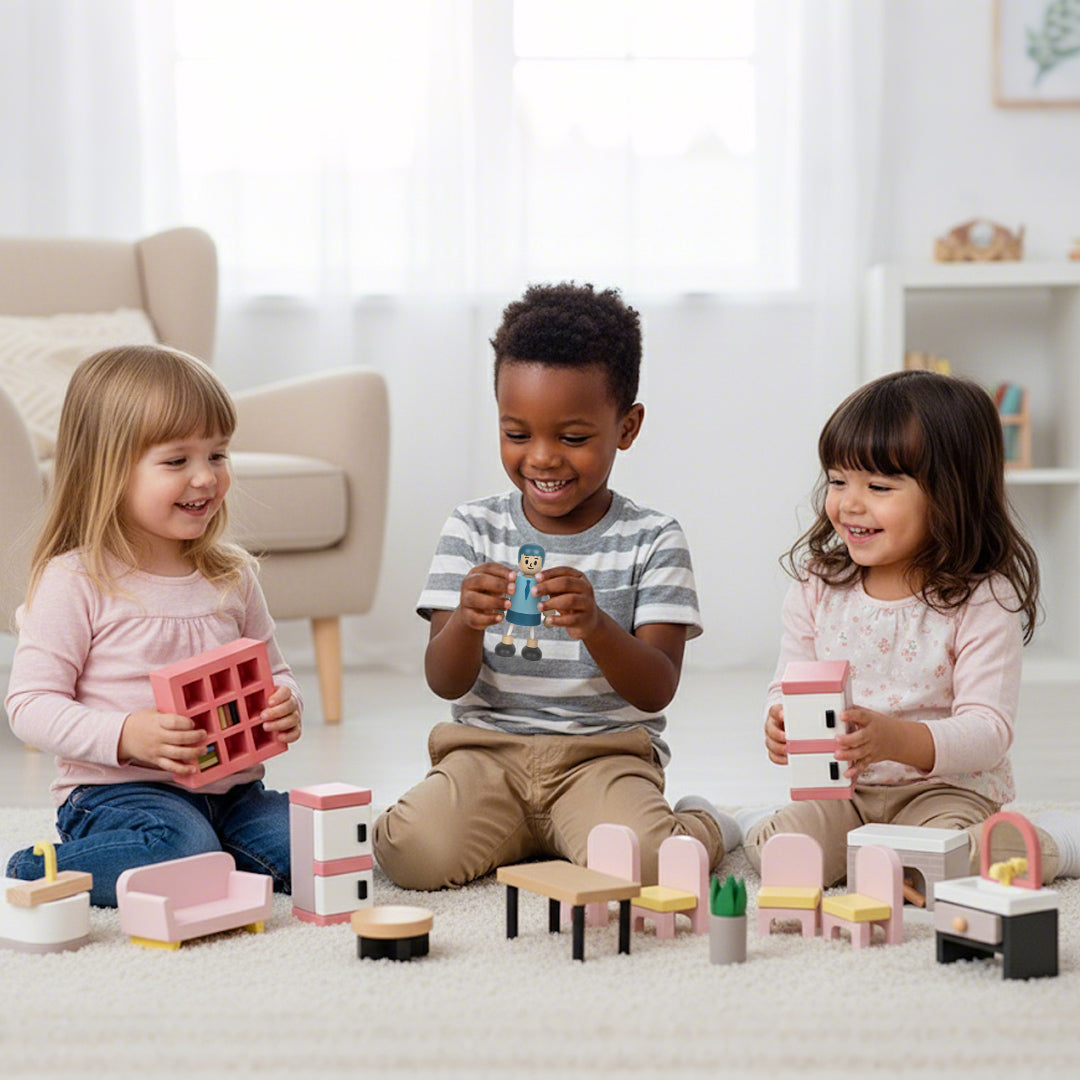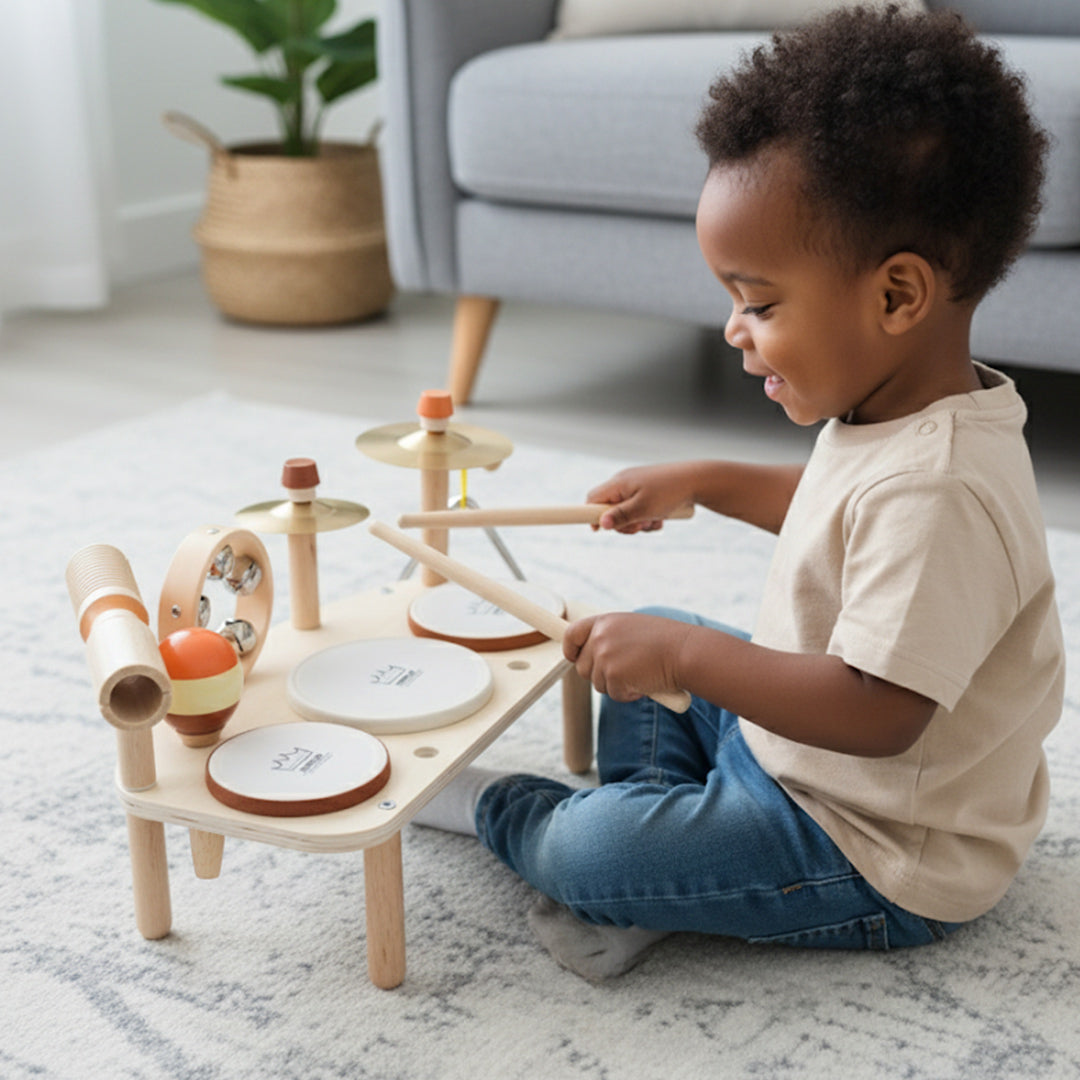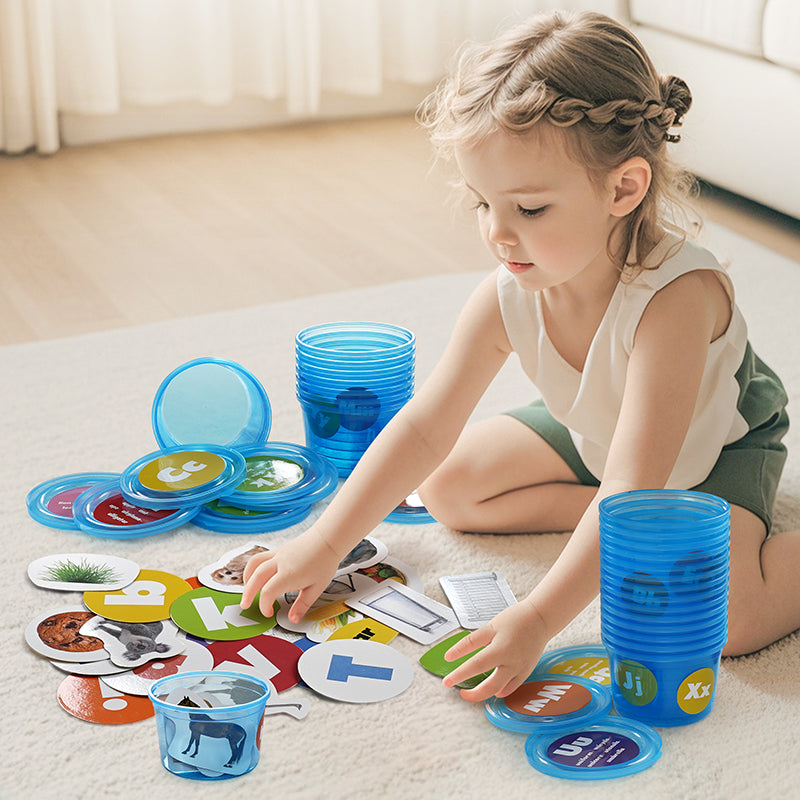News
Welcome to the Joyreal Montessori Blog!
Here, we explore the world of Montessori education—simple, practical, and full of discovery. Whether you’re a parent just starting your Montessori journey, looking for age-appropriate toy guides, or seeking resources for children with special needs, you’ll find inspiration and support here.
Take a look around, get inspired, and let’s make learning joyful together.
